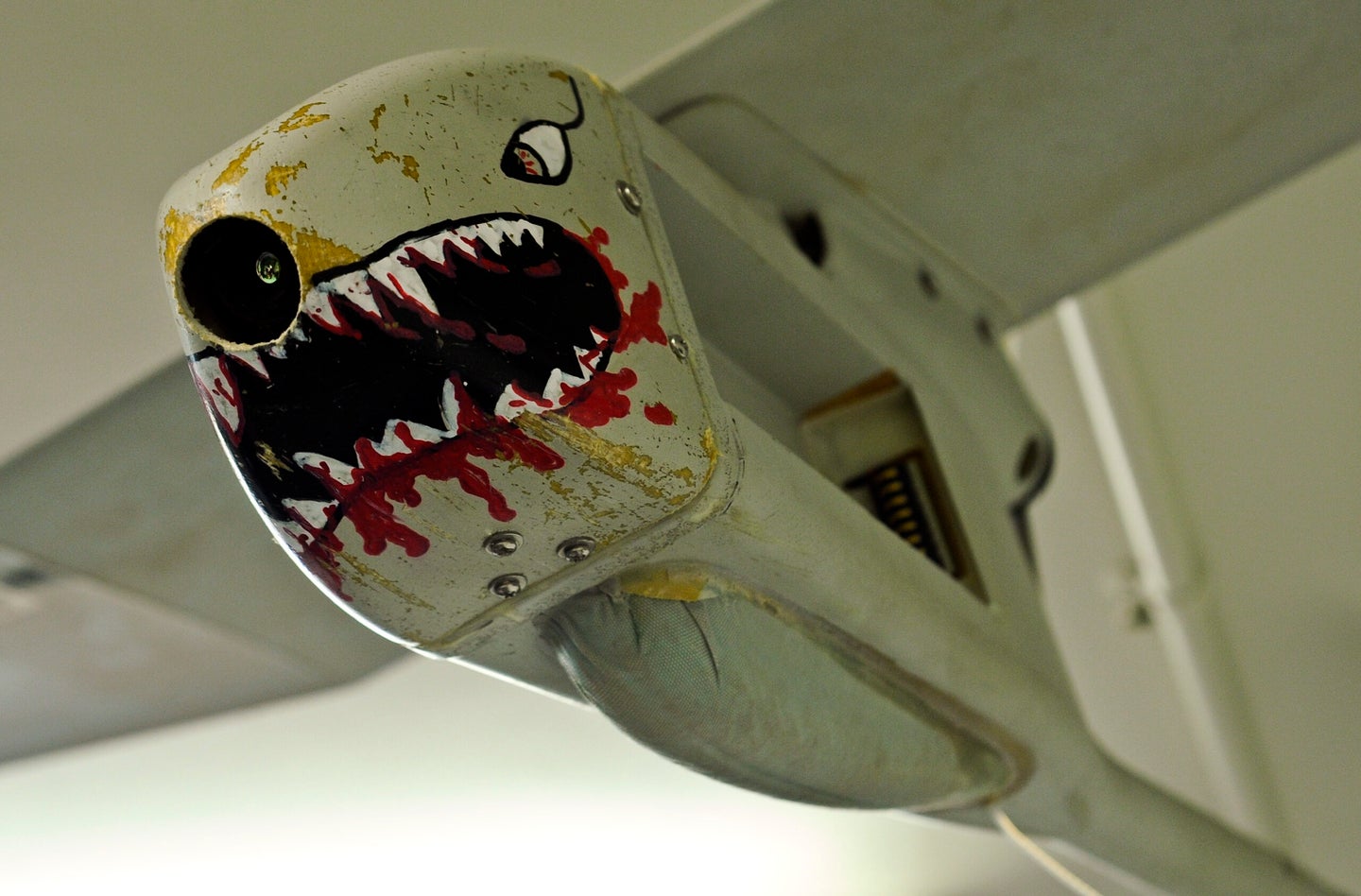JOSHUA SKOVLUND

With the current ease of access to social media, war has never been more visible worldwide than it is today. Videos of small drones carrying out devastating attacks targeting Russian personnel on Ukrainian soil have permeated popular social media feeds like X (formerly Twitter), Instagram, and TikTok.
However, small unmanned aircraft systems (sUAS) can be complex, encompassing everything from large unmanned planes with massive payloads to small palm-sized quadcopters conducting reconnaissance in hard-to-reach areas. Small drones come in various models, from top-of-the-line drones the US Military has to quadcopters right off Amazon or your local Walmart’s shelves.
What is a small unmanned aircraft system (sUAS)?
Simply put, a sUAS is a small drone. Each drone typically has a camera, four rotors, and a remote control. Depending on the model, of which there are several different types, each drone can have variable ranges as low as 50 meters up to as far out as 20,000 meters.
The US Military has used drones of all sizes for decades for reconnaissance and surgical strikes. The types of drones many Americans saw in the news are fixed-wing Reaper or Predator-style drones capable of devastating surgical strikes on an intended target with low collateral damage.
Small drone capabilities
Drones are used throughout the battlespace for surveillance and precision attacks. In recent years, the Military has worked to make smaller drones that can be launched from the palm of a soldier’s hand to aid in looking ahead for ambushes, roadside IEDs, or several other purposes.
Depending on the quality of the drone, they can travel various distances. Flight time is typically restricted by battery life. Some of the top small drones of 2023 have a range of 18 to 600 minutes. The carrying capacity of a drone is dependent on the power-to-weight ratio. A small commercial drone can carry anywhere from .5 to 5 pounds, depending on the model.
But small drones and their place in warfare didn’t stop with reach and carrying capacity.
MIT Technology Review reported the US Navy is working to implement drone swarm technology and tactics. This tactic entails building thousands of small drones that can flock together to overwhelm anti-aircraft defenses or apply a swarm in a multi-angle attack that would destroy a warship’s antennas, guns, and command center.
The international defense industry is in an arms race to master the small drone technology and tactics, hoping to add one more lethal tool to each country’s military.
Tabletop learning event and the threat of sUAS
The Joint Counter-small Unmanned Aircraft Systems Office (JCO) held a Large-Scale Combat Operations Tabletop Learning Event from Sept. 19-20, 2023, at RAND’s Washington, D.C., office.
The event was designed to explore weaknesses and strengths in the U.S. military’s ability to counter the growing threat of sUAS, testing each command’s response to sUAS attack capabilities. U.S. Central Command, U.S. Africa Command, U.S. European Command, U.S. Northern Command, U.S. Southern Command, and U.S. Indo-Pacific Command participated in the exercise.
Col. Glenn Henke, the Military Deputy of the JCO, described the tabletop event as each command going against four waves of small drone attacks, “Each one increasing in difficulty and complexity.” The potential threats included swarming and mass attacks.
The director of the Engineering and Applied Sciences Department and senior physical scientist at the RAND Corporation, Chris Pernin, said the tabletop event did cause some “learning” in the area of how many counter-sUAS systems are needed throughout the Military’s ranks but did not warrant any significant changes and requires further research.
Though the panel experts would not elaborate, several solutions for countering sUAS attacks were tested.
“We can say that we did look at a wide range of capabilities that could enhance the survivability of our soldiers, sailors, airmen, and Marines in the future,” Pernin said.
A brief history of drones in America’s wars
The US Military first used small drones on a large scale during the Vietnam War. Drones were used to spot and aid bombings or artillery strikes, jam North Vietnamese radars, and disseminate propaganda leaflets.
As technology advanced, drones were armed and used for surgical strikes throughout Iraq and Afghanistan during the War on Terror to minimize collateral damage in populated areas while still taking out a target. The use of kinetic drone strikes increased over the years, gaining notoriety during President Barack Obama’s drone campaign, who oversaw more drone strikes in his first year as president than all of President George W. Bush’s presidency. According to the Council on Foreign Relations, 542 drone strikes were executed during Obama’s two terms including the deaths of multiple American citizens.
The Trump administration immediately implemented an increased pace of drone strikes, and outpaced the Obama administration two years into Trump’s presidency, notably using a drone strike to kill Iranian commander Qassim Suleimani outside of Baghdad International Airport. Drone strikes decreased during the Biden presidency, though the administration was heavily criticized after a botched drone strike killed 10 innocent civilians — including 7 children — during the chaotic U.S. withdrawal from Afghanistan.
But no conflict has displayed the devastating capabilities of small drones more than the war in Ukraine.
Small drones in Ukraine
Calls for donated commercial drones flooded social media after Russia launched a full-scale invasion of Ukraine in late February 2022. Because the internet and social media are so accessible, psychological warfare has increased in its effect on the masses. Combat footage has been regularly posted by Russia and Ukraine to show successes on the battlefield.
In line with the earliest use of small drones, videos of Ukrainian military servicemembers spotting targets for artillery strikes have been repeatedly displayed.
No comments:
Post a Comment